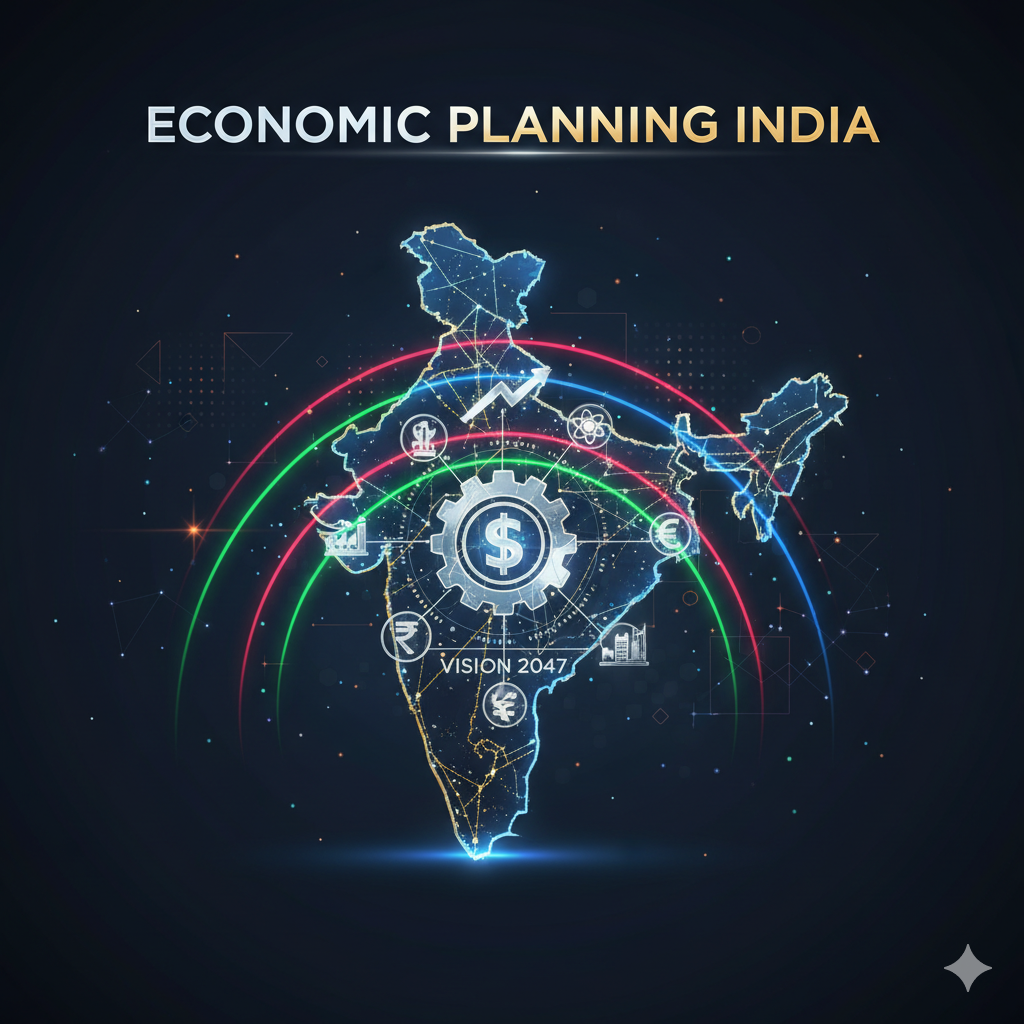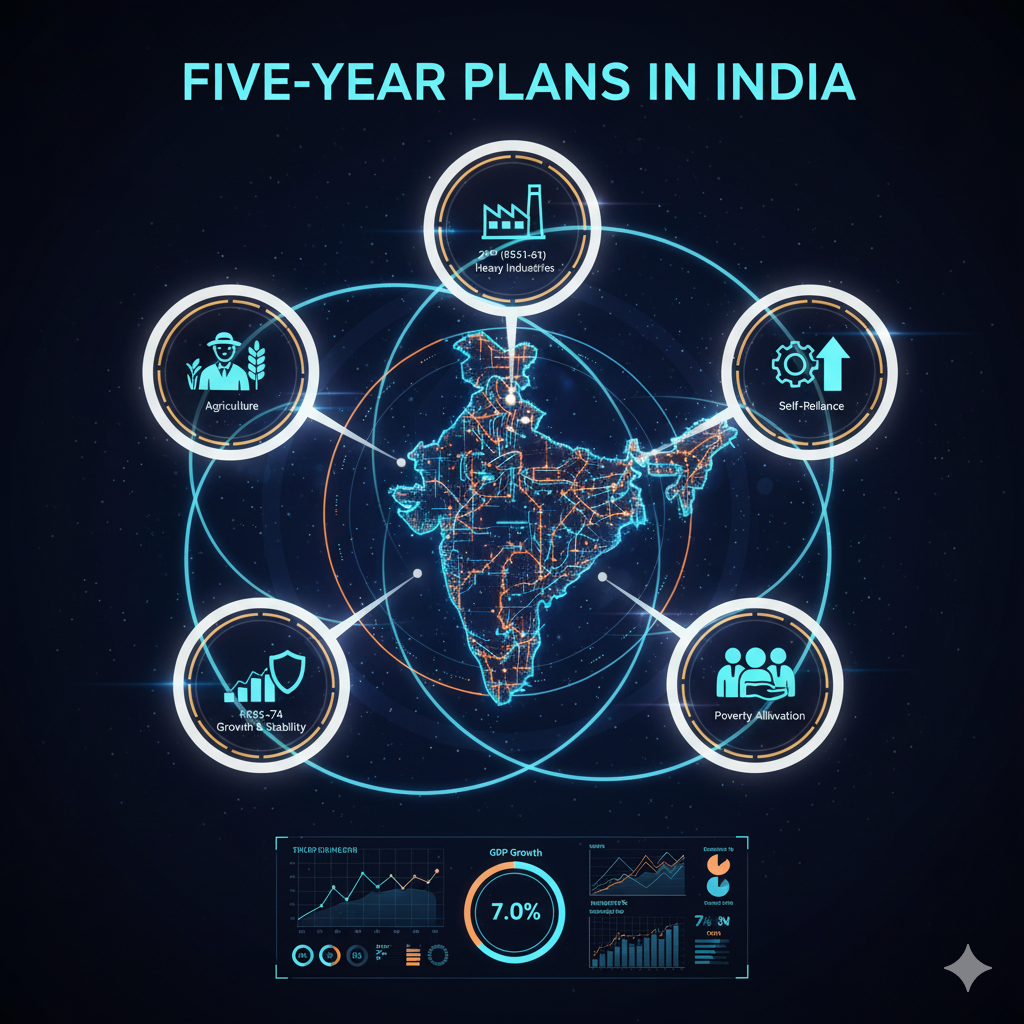Introduction
India, the world’s largest democracy, is undergoing a rapid digital revolution. The launch of the Digital India programme in July 2015 marked a decisive step towards transforming India into a digitally empowered society and a knowledge-driven economy. One of the most remarkable areas where this initiative has had a transformative impact is the financial sector. From mobile banking and Unified Payments Interface (UPI) to fintech innovations, blockchain applications, and digital lending, the financial landscape of India has been redefined within just a decade.
This transformation has not only promoted financial inclusion but also reshaped the way citizens, businesses, and government institutions interact with money. Today, India stands as one of the global leaders in digital payments and fintech adoption, proving how technology can become a tool for economic empowerment and transparency.
This article explores in detail how Digital India has transformed the financial sector, its benefits, challenges, and future prospects.
1. Digital India: An Overview
The Digital India Mission was launched by the Government of India with three key vision areas:
- Digital Infrastructure as a Utility to Every Citizen – ensuring access to high-speed internet, digital identity (Aadhaar), and mobile connectivity.
- Governance and Services on Demand – promoting e-governance, digital payments, and paperless transactions.
- Digital Empowerment of Citizens – providing universal digital literacy, access to digital resources, and enabling citizens to participate in the digital economy.
The financial sector was one of the earliest beneficiaries of this mission. With initiatives such as Jan Dhan Yojana, Aadhaar, and Mobile Banking (the JAM Trinity), millions of Indians were brought under the formal financial system.
2. Transformation of the Financial Sector under Digital India
a) Financial Inclusion through Digital Platforms
Before the Digital India programme, a large part of India’s population remained unbanked. Initiatives like Pradhan Mantri Jan Dhan Yojana (PMJDY) created millions of new bank accounts. Coupled with Aadhaar-based biometric authentication and mobile banking, even rural populations gained access to formal financial services.
- Over 50 crore Jan Dhan accounts have been opened.
- Direct Benefit Transfer (DBT) enabled subsidies and welfare payments to reach beneficiaries without leakage.
- Micro-insurance and micro-pension schemes expanded the financial safety net for the poor.
b) Rise of Digital Payments
Digital India accelerated the adoption of digital payment systems. The Unified Payments Interface (UPI), launched in 2016, has become a revolutionary tool for real-time money transfers.
- India is now the world leader in UPI transactions, surpassing even China.
- UPI has enabled QR-code-based payments, ensuring that even small vendors can accept digital payments.
- Wallets like Paytm, PhonePe, Google Pay, and BharatPe made financial transactions accessible to everyone.
c) Fintech Boom
The Digital India ecosystem has nurtured one of the fastest-growing fintech markets globally. Startups are offering services in:
- Peer-to-peer lending
- Wealth management apps
- Insurtech platforms
- Digital lending to MSMEs
- AI-based financial advisory
By reducing dependency on traditional banking channels, fintech has empowered consumers with more choices and flexibility.
d) Digital Lending and Credit Access
Earlier, accessing credit was a long and bureaucratic process. Now, with AI-driven credit scoring, Aadhaar-linked KYC, and instant loan approvals, digital lending platforms provide loans within minutes. This has helped:
- Small businesses in rural areas
- Women entrepreneurs
- Students seeking education loans
e) E-Governance and Transparency
Digital India has strengthened transparency in financial governance. Systems like Public Financial Management System (PFMS) and DBT ensure government subsidies and welfare funds directly reach beneficiaries, minimizing corruption and leakages.
f) Role of Aadhaar in the Financial Sector
Aadhaar has become the backbone of digital financial transactions:
- Used for e-KYC in banking and mobile connections.
- Facilitated direct transfer of subsidies (LPG, pensions, scholarships).
- Enabled biometric-based banking in remote areas.
g) Cryptocurrency and Blockchain Initiatives
Although India has taken a cautious stance on cryptocurrencies, blockchain technology is being adopted in banking for fraud detection, transaction security, and smart contracts. RBI is also piloting the Central Bank Digital Currency (CBDC), which will be a significant step in digital financial transformation.
3. Benefits of Digital India in the Financial Sector
- Financial Inclusion – Millions of unbanked citizens now have access to banking services.
- Convenience and Speed – Digital payments and online banking reduce the need for physical visits to banks.
- Transparency – Reduced corruption due to DBT and Aadhaar authentication.
- Economic Growth – Increased digital transactions boost the formal economy and reduce cash dependency.
- Empowerment of MSMEs – Small businesses gain access to loans and e-commerce platforms.
- Global Recognition – India is being recognized as a leader in digital finance.
4. Challenges in the Digital Transformation of Finance
Despite significant progress, challenges remain:
- Digital Divide – Many rural areas still lack internet penetration and digital literacy.
- Cybersecurity Threats – Increased cases of online fraud, phishing, and data breaches.
- Regulatory Uncertainty – Lack of clarity on digital currencies and fintech regulations.
- Privacy Concerns – Aadhaar data misuse and surveillance concerns.
- Infrastructure Issues – Poor connectivity and frequent technical glitches affect seamless transactions.
5. Government and RBI Initiatives to Support Digital Finance
- BHIM App – Simplifying UPI transactions.
- RuPay Card – India’s own domestic payment system.
- Digital Lending Guidelines – To regulate fintech lenders.
- Financial Literacy Campaigns – Spreading awareness about secure digital transactions.
- RBI’s Regulatory Sandbox – Encouraging innovation in fintech under controlled environments.
6. Case Studies of Digital Finance Success
- UPI in Small Businesses: Street vendors in cities like Delhi and Lucknow now accept UPI payments, eliminating the need for cash.
- PMJDY and DBT: Women in rural villages receive subsidies directly into their bank accounts, empowering them financially.
- Fintech Lending: Startups like KreditBee and LendingKart provide quick loans to entrepreneurs without complex paperwork.
7. Future Prospects of Digital Finance in India
- Central Bank Digital Currency (CBDC) – A digital rupee to enhance efficiency in transactions.
- Blockchain in Banking – More secure and transparent systems.
- AI in Finance – Smarter fraud detection and personalized financial advice.
- Expansion of Digital Literacy – Bridging the urban-rural digital divide.
- International Digital Finance Leadership – India can export its UPI model to other nations.
Conclusion
The Digital India programme has undoubtedly transformed India’s financial sector, making it more inclusive, transparent, and efficient. From empowering rural populations with bank accounts to creating a thriving fintech ecosystem, the financial landscape has undergone a paradigm shift.
However, to sustain this momentum, India must address challenges like cybersecurity, digital literacy, and regulatory clarity. With continuous innovation, policy support, and citizen participation, India has the potential to become a global model of how digital technology can revolutionize finance and promote economic development.
The journey from a cash-dominated economy to a digital-first financial system has just begun, and India stands at the forefront of this global transformation.




